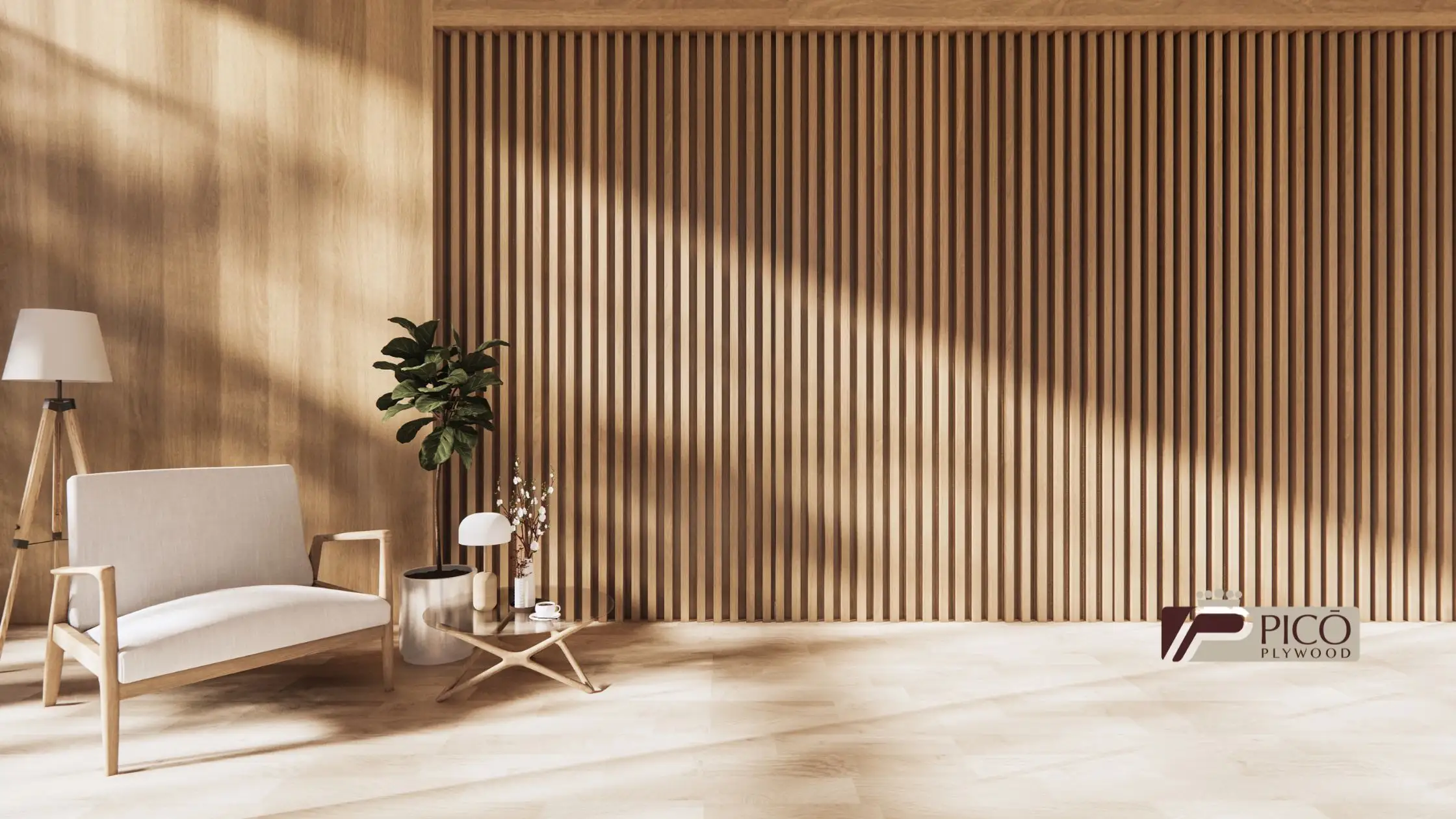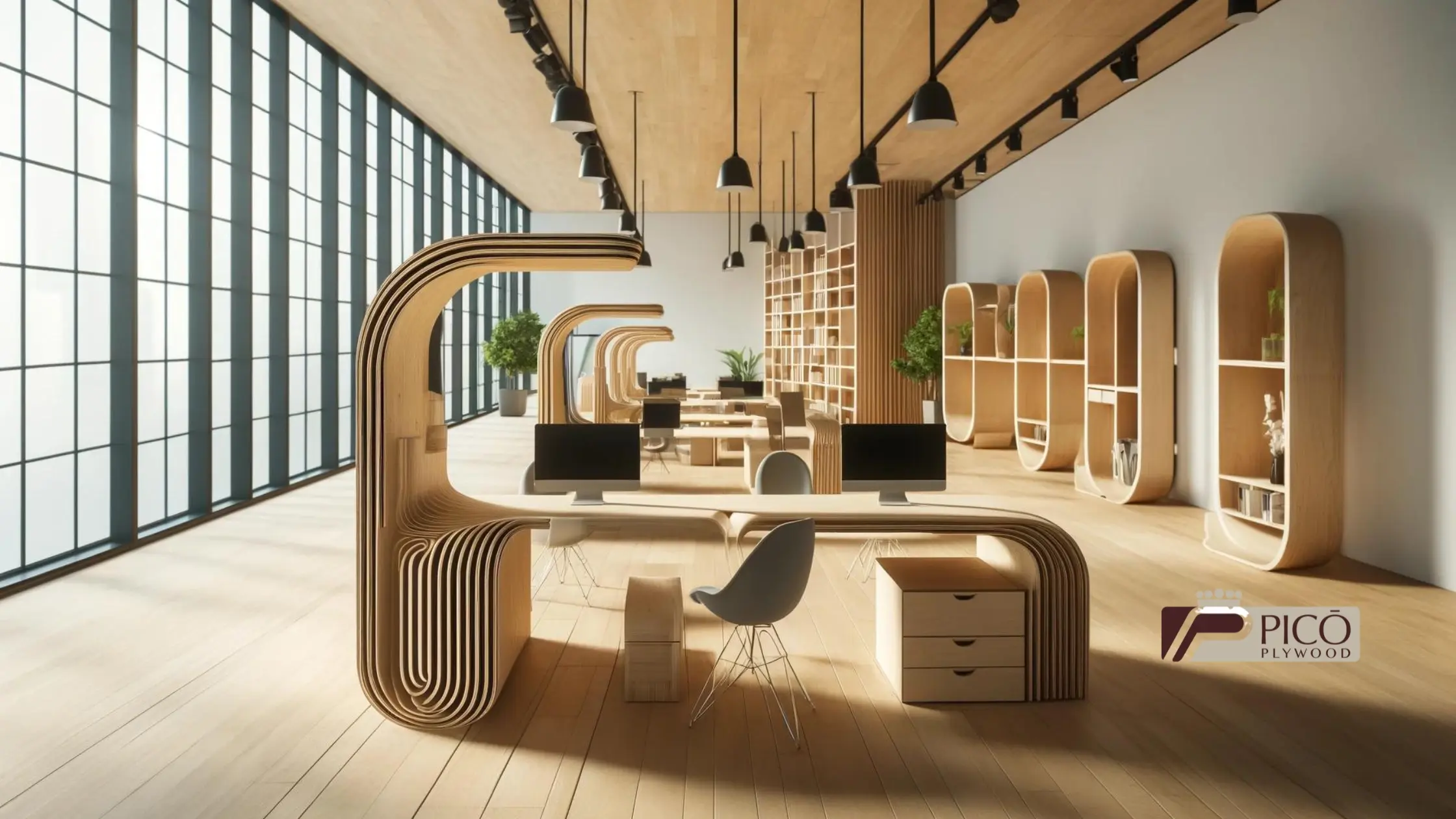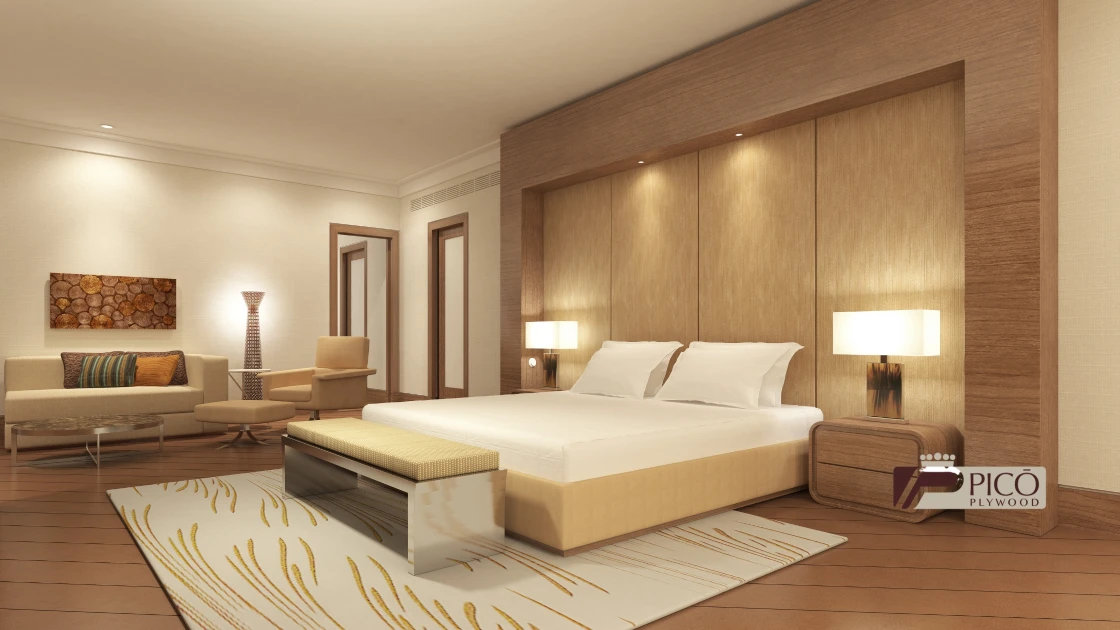Some wood’s advantages
Wood benefits as a raw material:
The best wood for the manufacture of plywood is that which comes from forest plantations.
Unlike concrete or metals, wood is a building material that can be grown and regrown through natural processes and also through replanting and forestry management programs. Select harvesting and other practices allow growth to continue while larger trees are harvested.
Wood is renewable. While the forests are growing, they are also naturally removing carbon dioxide from the environment.
The process of manufacturing timber uses largely less fossil fuel energy per unit volume than steel, concrete, or aluminium.
Another advantage of wood as a building material in contrast with concrete, metal, and plastics, is that when they are dismissed, they take a very long time to dessapear.
Thermal properties:
Many materials change in size and volume as the temperature changes. They expand with increasing of the temperature.
Wood does not practically expands againts heat. On the contrary, by the effect of heat, it dries out and gains strengh.
Thermal conductivity declines as the density of the wood decreases. In the direction of the grain, the thermal conductivity of wood is higher than what it is perpendicular to the grain.
Increasing the moisture in the wood also increases its thermal conductivity.
Acoustic Properties:
Wood, as a light material, is ideal for sound absorption. Wood prevents echo and noise by absorbing sound and can reduce noise levels.
A sufficient level of sound insulation in wooden buildings can usually be achieved structurally by using multi-layered constructions. By using porous absorption material behind the board it can be reached a good sound insulation. For this reason it is extensively used in concert halls and more and more often it is being used in restaurants.
Electrical Properties:
Dried wood is a good electrical insulator. Electrical resistance of wood is lowered by increasing the moisture content. Static electricity that is dangerous for human health is not observed in wood unlike metal, plastic and other materials.












